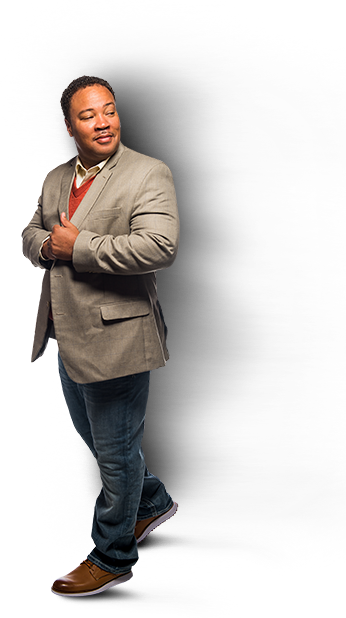Introduction:
In the rapidly evolving world of healthcare, patient safety and caregiver well-being are paramount. One solution that’s steadily gaining momentum is the use of ceiling-lifts and other patient-lift equipment. These innovations are revolutionizing caregiving, enhancing patient comfort and safety while reducing physical strain on healthcare workers.
Choosing the Right Patient-Lift Equipment:
Selecting appropriate patient-lift equipment can often seem like a daunting task. Many caregivers have experienced scenarios where moving a patient was beyond their physical capabilities. This makes having a preplanned solution and the right equipment on hand essential in safely addressing patient mobility challenges at the point-of-care.
Knowing how to utilize various patient-lift devices is crucial. Often, efficient patient-lift equipment goes underutilized simply because caregivers lack basic knowledge about how and when to apply it.
The Big Three – Understanding Patient-Lift Devices:
There are three major categories for patient-lift equipment: Total Assist Equipment, Moderate Assist Equipment, and Lateral Transfer Devices. Each is intended to address distinct levels of patient mobility limitations.
- Total Assist Equipment: Designed for patients unable to move themselves, including most bedridden patients and those who can only minimally assist.
- Moderate Assist Equipment: Ideal for patients able to stand and bear their own body weight but struggle to transition from a seated to a standing position.
- Lateral Transfer Devices: Commonly used in operating rooms, diagnostic areas like radiology, or medical/surgical units as supplements to primary patient-lift devices.
Understanding the function of each device is vital to ensure that patient needs are met while protecting the caregiver’s physical well-being.
The Role of the RP Hawkins Group:
At the RP Hawkins Group, we’re on a mission to promote the use of these patient-lift technologies in healthcare settings. Our team provides consultancy services to help healthcare facilities select and implement the right patient-lift equipment.
The Caregiver’s Guide:
For further insights into the use of patient-lift equipment, check out my book, “Ceiling-Lifts and Patient Care: A Caregiver’s Guide to Using Ceiling-Lifts for Bedside Patient Care.” This guide is packed with practical advice on how to revolutionize patient care with patient-lift technologies and can be found at: https://bookstore.dorrancepublishing.com/.
Conclusion:
Patient-lift devices have become more than a once-in-a-while exception – they’re becoming the practice expectation. As we strive to reduce musculoskeletal injuries among caregivers, the transition of patient-lift devices into standard nursing practice is crucial. Let’s continue this journey to safer patient care together.


